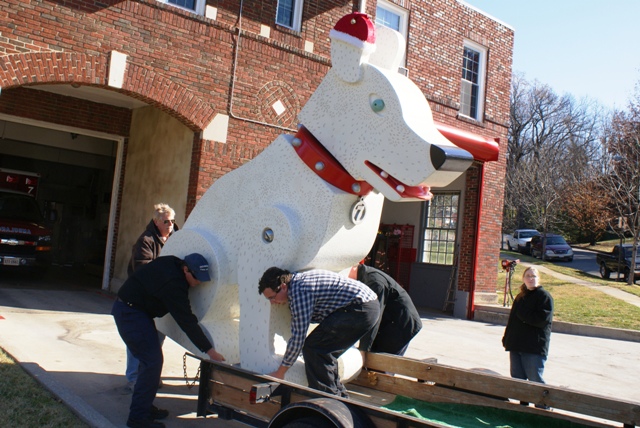
Sustaining the arts and culture in Roanoke City has been a challenge since the recession. The siphoning of generous philanthropic funds to the Taubman Museum and the dwindling amount of public money left to spread around to other arts and performance venues is reaching a critical stage.
Councilman Dave Trinkle along with philanthropist David Wine began talks with individuals to determine what might work in Roanoke in hopes of averting the crisis. The city faces a yearly challenge to accommodate the outstretched hands of all the competing agencies.
The Commonwealth ranks 30th in funding for the arts. Federal and state resources have steadily declined over the years explained Susan Jennings, Roanoke’s Arts and Culture Coordinator.
When analyzing what has worked in other regions, one option was to increase the sales tax and dedicating a portion to the arts. There are 90 communities in the U.S. that have planned or implemented cultural districts that utilize a taxing mechanism for the arts explained Jennings. “It usually involves tax incentives and not raising extra money.”
Counties around the large metropolitan cities of Denver, St. Louis and Pittsburgh use a percentage of their sales tax for the arts that ranges from .3% in Denver to 1% in Pittsburgh. Missouri uses a 3.75% hotel tax to help fund their arts and culture base. A 1% sales tax in the Roanoke Metro region would generate $946 million said Jennings.
Funding arts and cultural organizations is becoming more challenging with a reduction in government support and changing giving and consumption patterns. These changes will require a variety of approaches to ensure the success of the arts and culture institutions in the Roanoke Valley.
An asset district would be difficult to establish in this economic and political climate. “However, the research we have on the effectiveness of this regional model has convinced the task force to keep it on the back burner,” said Jennings.
Many believe that the best option for the Roanoke region would be a hybrid United Arts Fund model where local government would dedicate funds and the private community would match.
A sustainability study concluded that of the fourteen organizations that responded there was a shortage of $20 million in capital needs through 2015. Operating expenses exceed operating budgets by $2.7 million. In the last ten years Roanoke has funded the arts to the tune of $16 million with $2.5 million of that going toward the Taubman Museum.
Operational Funding is needed now more than funds for new facilities and there is a need to foster greater collaboration among the arts and cultural groups. With the loss of The Arts Council of the Blue Ridge there is no longer a central coordinating force and an endowment organization could fulfill that need.
The hybrid model would result in a public/private endowment where the governing body would vet applications for the funds. The city could withhold a portion of operating and capital funding for a number of years and place it in the endowment.
Increasing the pool of donors is key. Everyone should have the opportunity to support the overall arts and cultural community. “Every five dollars matters,” said Wine.
Ideas suggested by Trinkle and Wine included redirecting the portion of the admissions tax collected by the agencies to the endowment, increasing a local tax for a number of years and optionally using payroll deduction. “I think it’s time to stop relying on state and federal funds and take a hard look at what we can afford and what we are willing to afford,” said Wine. “The private sector gives a lot of money now.”
Outstanding issues remain like who would administer the public/private endowment and how would the governing body be chosen.
Trinkle said that this hybrid model would leverage the dollars the city gives now by “adding a private component.” He suggested that planning begin so it could be addressed in the next budget cycle. Council will have to decide on whether they want to divert funding to an endowment and in the meantime how the arts community will substitute for those funds until the endowment grows to the point it can begin accepting applications for funding.
It will take years to grow the endowment before it is ready to spin off grants said Trinkle.
“The amount the city withholds toward the endowment hopefully will be matched by the private sector,” said Trinkle. The idea is that there will be many private donors ready to give to the endowment locally rather than to have to “pick and choose.”
“We need to look at where we want to be down the road and it has to start someplace,” said Wine. “It’s starting now … everyone says it needs to happen.”
By Valerie Garner


